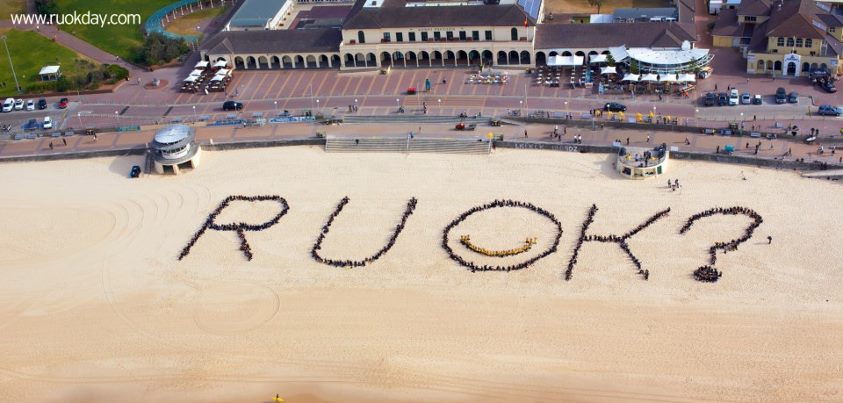Every other day seems to be owned by a charity these days. Two have recently achieved excellent cut-through in this media saturated market: Wear it Purple and RU OK?. Why those and not others?
The interesting thing about both is that although they are respectively about youth suicide and suicide from mental health issues, both chose to focus on another aspect of the issue. Wear it Purple has the slogan “You have the right to be proud of who you are”, which, while long and sloppy according to most marketing principles, clearly rings the right bells with its youth audience. It doesn’t hurt at all that this slogan avoids the labels: whoever you are, whatever you choose to call yourself, it says.
RU OK? obviously focuses on the community support and social infrastructure around asking if others are okay, rather than just raining statistics into the existing information overload. In other words, both campaigns are feel good, positive messages while not ignoring the serious implications.
Both also have the benefit of strong branding: the Wear it Purple colour hadn’t yet been taken (by comparison, the RU OK? yellow is already a youth wrist band for the LIVE STRONG cancer charity).
They owned social media on their respective days though. While the Wear it Purple web site was lacklustre, its Facebook presence was superb through the day, sharing images and status updates from around the country. And updates there were: the NSW Police Facebook posted updates, every local newspaper shared it, half the high schools had photos of their students in purple. It didn’t do so well on Twitter, where there was no clear hashtag (#wearitpurple appeared in around half the tweets I tracked but owning #purple for the day would have been pretty amazing and could probably have been achieved easily.)
RU OK? naturally had an easy hashtag in #ruok? although the question mark was left off a fair bit. Its coup de grace, however, was the aerial image taken on Bondi Beach that was posted at exactly the right size for highlighting on the Facebook wall (see above). Everyone wanted to share it, but sharing it meant highlighting it (of necessity) because otherwise the message was cropped. 12,000 shares just from the RU OK? Facebook page (and that’s not counting the subsequent shares from there) is impressive in such a short time.
I think post-event text analysis (which I haven’t conducted) would be likely to show that the posts for both days were conversation-starters. Anecdotally, I saw a number of serious discussions of mental health and youth wellbeing that extended to complex threads, not just engagement via likes and “me too!” posts.
As with other social media success stories, the swiftness of viral spread was partially due to pre-existing networks. In the case of RU OK? Day, it wasn’t the first year it had run and they used their connections with media partners well.
In the case of Wear it Purple, it was grassroots networking with young people and on-the-ground presences at queer/LGBTI events throughout the year in the lead-up.
Without social media, though, these campaigns would not have had anything like the reach they did.
